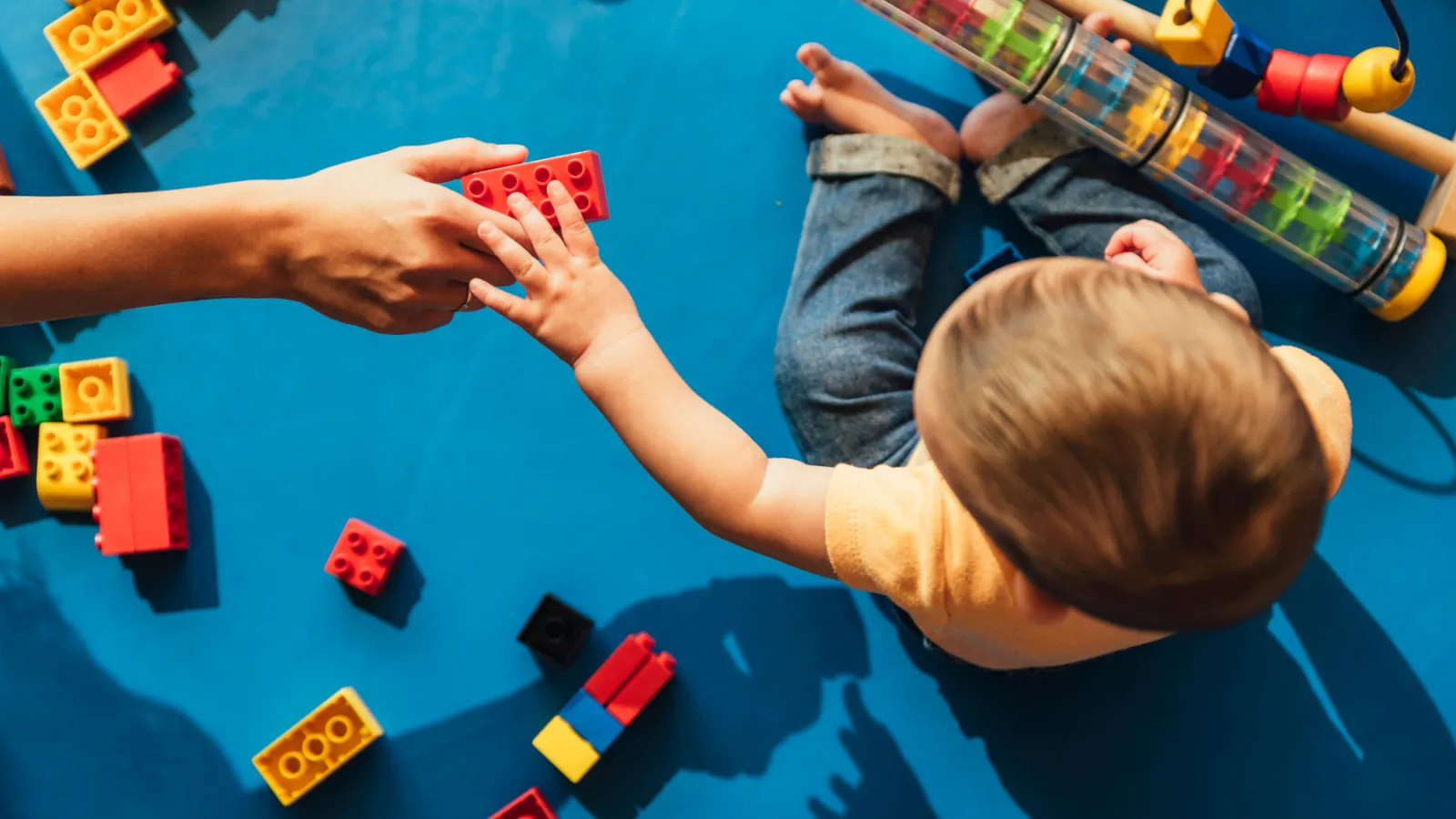Banner

Title
resources
Resource Library
Our Resource Library contains materials and assistance for early childhood educators and those they serve. Explore our selection of podcasts, tip sheets, websites, documents, and self-study courses.
Results: Page 84 of 219
| Resource Name | Description | Resource Type |
|---|---|---|
| Head Start's Mental Health Tool for Toddlers | Sometimes an adult (parent/caregiver/early childhood educator) has a temperament that is vastly different from that of a young child. How do you bridge the gap and foster a loving, supportive relationship? Find out how the Interactive Toddler Temperament Tool can help. | Website |
| Heads Up Now! | Heads Up Now! is designed to provide expert information and products for special needs children. Items are for sale on the website including items for reducing distractions, help in reading, sensory/fidgeting items to name a few. Many of the items are good for children who have ADHD or other challenging behaviors. | Website |
| Health and Emergency Plans Info. | Health and Emergency Plans Info. | Document |
| Health Finder | Welcome to healthfinder.gov, a government website where you will find information and tools to help you and those you care about stay healthy. | Website |
| Health Needs of Children Facing Rural Homelessness | From the Head Start Early Childhood Learning & Knowledge Center:Head Start services fill a critical need in rural areas. They support the health of children and families, including those experiencing homelessness. This resource describes the health needs of children facing rural homelessness. It also offers strategies to support health-related needs in rural communities. | Website |
| Health Precautions Related to Covid-Updates as of September 29, 2022 | Our guest, Sarah Hawley, RN, BSN, PHN, shares the most recent updates to the precautions and expectations that child care settings need in place related to the current Covid status. This episode covers an overview of the CDC’s CURRENT Operational Guidance to Support In-person Learning. | Podcast |
| Health Tips for Families | These fact sheets can be used by all early care and professional programs to share in your programs and communities to strengthen the health and wellness of all children. These tip sheets are available in nine different languages. | Website |
| Healthy Active Living | Here are some great resources on healthy, active living from the Head Start Early Childhood Learning and Knowledge Center. | Website |
| Healthy Child Care America | All early childhood experiences matter. And nearly 50% of children under 5 attend out of home care. Pediatricians need to be involved in helping promote quality early education and child care because it is where the children are. The Healthy Child Care resources assist pediatric health providers in collaborating with early education and child care providers to increase the quality of care, promote early education and improve children's health and well-being. | Website |
| Healthy Children | HealthyChildren.org is the only parenting website backed by 66,000 pediatricians committed to the attainment of optimal physical, mental, and social health and well-being for all infants, children, adolescents, and young adults. Whether you're looking for general information related to child health or for more specific guidance on parenting issues, you've come to the right place. Here, you'll find information regarding the American Academy of Pediatrics (AAP) many programs and activities, our policies and guidelines, our publications and other child health resources, as well as much, much more. Best of all, you can rest assured that the information comes from the nation's leading child health experts and that we have scientific research supporting our recommendations. | Website |
Results: Page 84 of 219